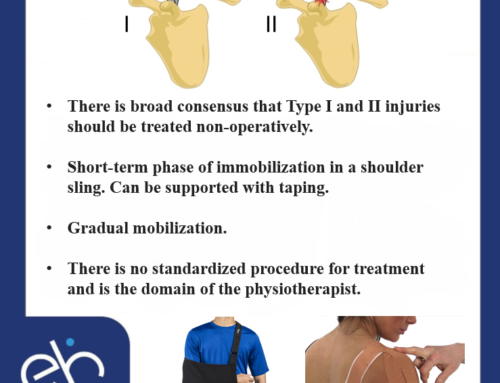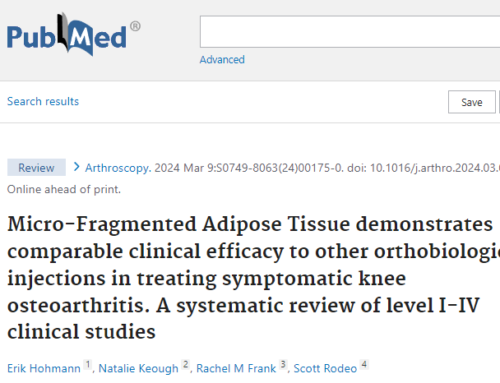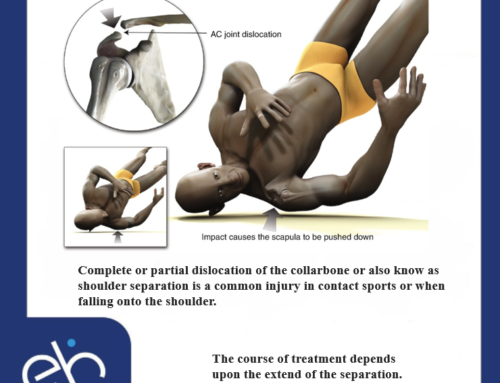
The clavicle or collarbone fracture is fairly common and accounts for approximately 5% of all fractures in the adult. These fractures typically occur with falls onto the shoulder or falling onto an outstretched arm.
Most fractures occur in the middle portion and occasionally it will fracture closer to the ribcage or shoulder blade. Many fractures should break clean into two pieces and muscle attachments may displace the two pieces. If they break into many pieces (comminution), segments may occasionally rotate and displace substantially. Very rarely they may break through the skin (open fracture).
Clavicle fractures are very painful. Patients may not be able to lift the arm because of pain and movement is sometimes associated with a grinding sensation.
Many clavicle fractures can be treated by wearing a sling to keep the arm and shoulder from moving while the bone heals.
However, displaced and comminuted fractures are better treated with surgery. Typically a skin incision is made just above the collarbone, the fracture and pieces are reduced and a plate and screws are used to fix the fracture anatomically.
Complications. In some cases, a clavicle fracture can move out of place before it heals. It is important to follow up with your doctor as scheduled to make sure the bone stays in position.
Regardless of the type of treatment, it can take several months before the collarbone heals. Healing is prolonged if you smoke, have diabetes or have other medical problems. Sometimes the fracture does not heal (nonunion) and surgery may then be required to stabilize and heal the break.
What are the current accepted indications for surgery?
- Displacement of 100% and more
- Shortening or overlap of more than 2 cm
- Open fracture or skin tenting fractures (impending open fractures)
- Z-type fractures when a displaced and rotated butterfly fragment is observed
- Young and highly active patients (relative indication)
- Fracture healed in a bad position with weakness and discomfort
Surgical fixation requires training and expertise and should only be performed by experienced doctors (picture how not to fix a fracture)




